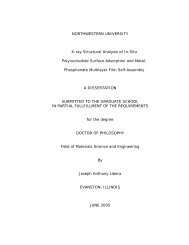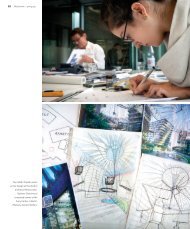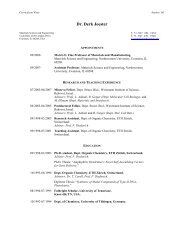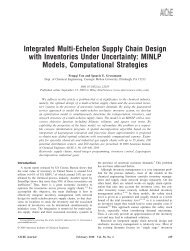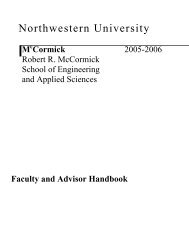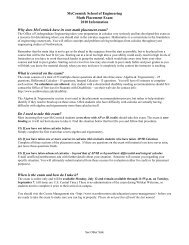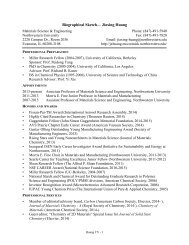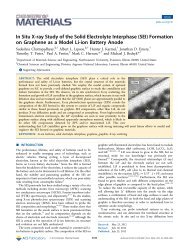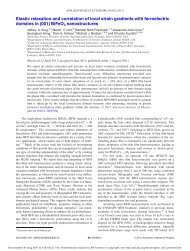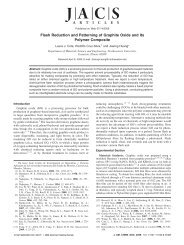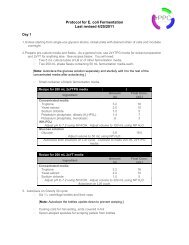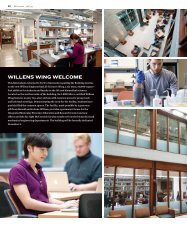Community-Based Operations Research - Humanitarian Logistics
Community-Based Operations Research - Humanitarian Logistics
Community-Based Operations Research - Humanitarian Logistics
You also want an ePaper? Increase the reach of your titles
YUMPU automatically turns print PDFs into web optimized ePapers that Google loves.
Johnson and Smilowitz: <strong>Community</strong>-<strong>Based</strong> <strong>Operations</strong> <strong>Research</strong>112 Tutorialsin <strong>Operations</strong><strong>Research</strong>, c○ 2007 INFORMS2.3.2. <strong>Community</strong>/Urban Planning. Norman and Norman [72] evaluate case studiesof public art installations in Japan and the UK to support the concept of centralized, modelbaseddecision making in the provision of public amenities. Patz et al. [74] develop decisionmodels to design land-use strategies in a European context, allowing especially for existinghistoric buildings and districts. Jung et al. [48] develop a planning model for post-disasterreconstruction planning in urban areas inspired by Hurricane Katrina, which struck theU.S. Gulf Coast in 2005. In this model, small neighborhoods are aggregated into districtsthat share the same land-use designation (e.g., human use or passive use) in order to jointlyoptimize measures of environmental protection, social impacts, and spatial integrity.2.3.3. Transportation. Vlahos et al. [93] develop a framework for computer-aided transportationplanning that accommodates multiple, possibly antagonistic, stakeholders forthe purposes of presentation, analysis, and judgment. A case study of this methodologyemphasizes how community-based participants can collaborate with government and electedofficials in developing a controversial transportation strategy. Murray and Davis [69] usecommunity-level data on socio-economic status, public transport access, and public transportneed to determine differential impacts on communities of alternative public transitinvestments.2.4. Public Health and Safety2.4.1. Public Health. Kaplan [51] estimates changes in HIV-infection rates associatedwith an experimental needle-exchange program using maximum likelihood change-pointmodels and continuous-time Markov processes. Both models are estimated using observationsof the HIV status of used needles provided by injection drug users. Aaby et al. [1]present models to improve pre-contagion planning for clinics that dispense medications andvaccines using discrete-event simulations, queuing models, and capacity planning models.Griffin et al. [32, 33] have developed a decision model based on the maximum covering facilitylocation problem to identify centroids of U.S. counties at which community health centers(CHC) may be sited in order to maximize the weighted demand for CHC services, subjectto constraints on funds available for fixed and variable costs and facility capacities. Theirmodel qualifies as “community-based” in two ways: first, the care with which they haveanalyzed available health-care data to impute localized measures of health services demand,especially for medically underserved populations, and second, evidence provided that recommendationsare fairly insensitive to smaller spatial units of analysis such as Census tracts.They find significant improvements in a variety of performance measures, including totalencounters, cost per encounter, and number of uninsured persons served.Models to address food insecurity include Chou and Zheng [20] and Lien et al. [61]. Chouand Zheng study a bread delivery problem where unsold bread from bakeries is deliveredby volunteers to needy families. In their problem, demands are fixed and supply is random.They show how incorporating flexibility, meaning allowing volunteers to deliver to multiplefamilies, can reduce the amount of wasted bread. Lien, Iravani, and Smilowitz developmathematical models and solution methods for perishable food distribution from donorsto agencies that address vehicle-routing problems (assigning donors and agencies to routesand sequencing stops within each route) and inventory-allocation problems (determining theamount to distribute to each agency). In contrast to cost-minimizing objectives, which canlead to inequitable solutions, a novel service-based maximin fill-rate objective incorporatesfairness and agency sustainability, albeit at the cost of more complex modeling and solutiontechniques. This latter paper is discussed in greater detail in §3.2.4.2. CriminalJustice. Brown and Liu [16] develop crime forecasts to support tacticaloperations, in particular the presence and intensity of local “hot spots” using a multivariateprediction model that relates the features in an area to the predicted occurrence of



